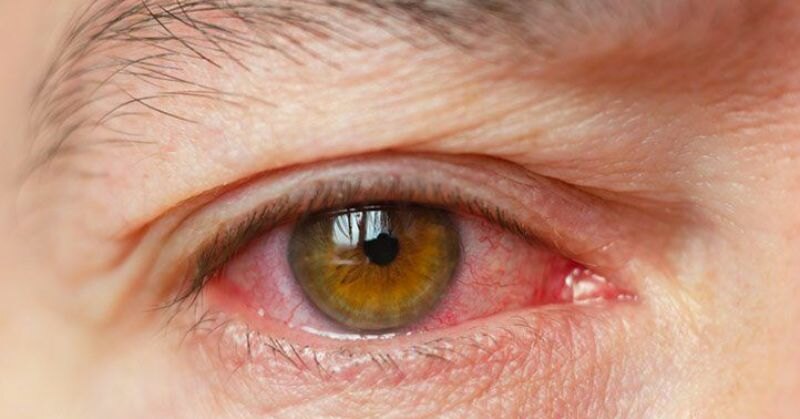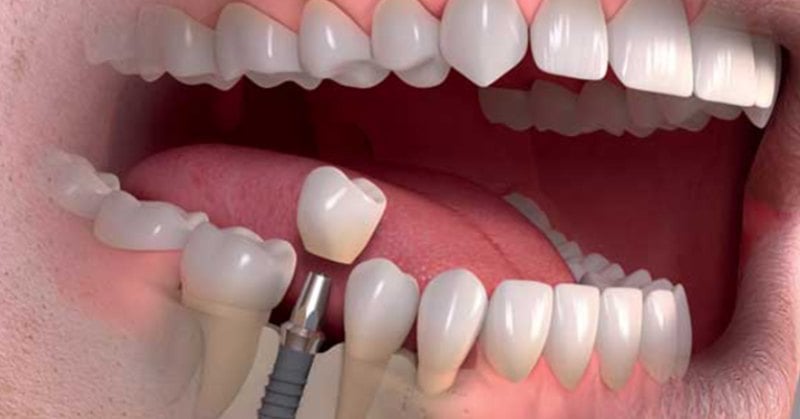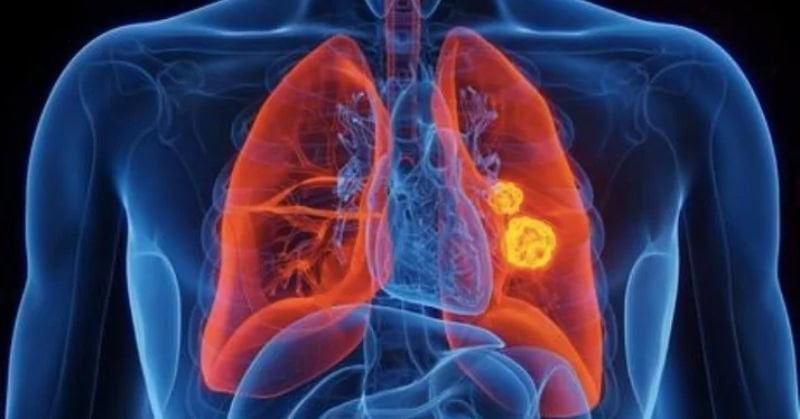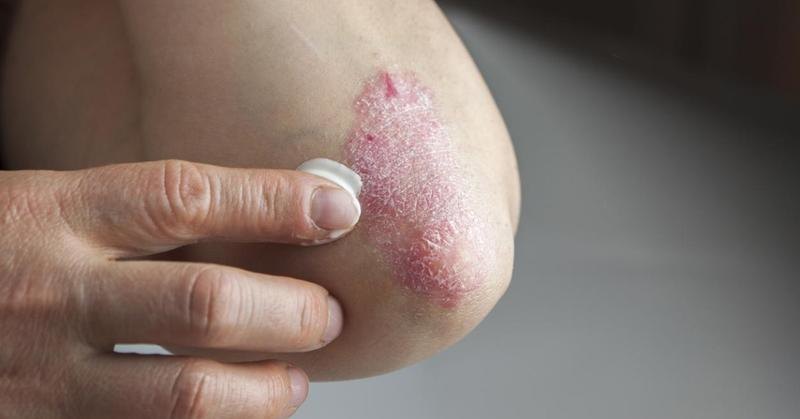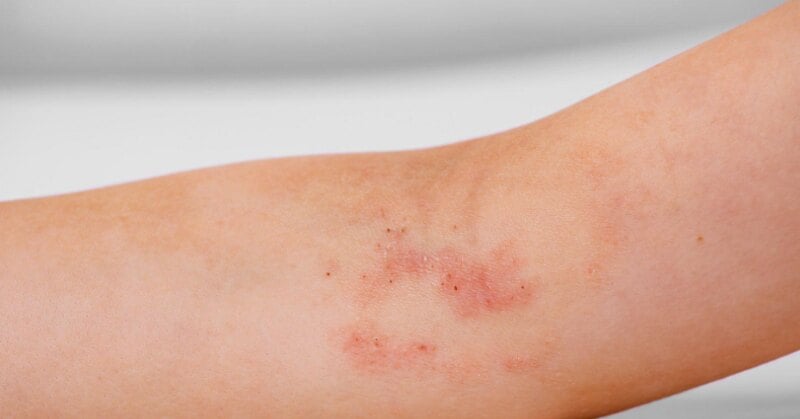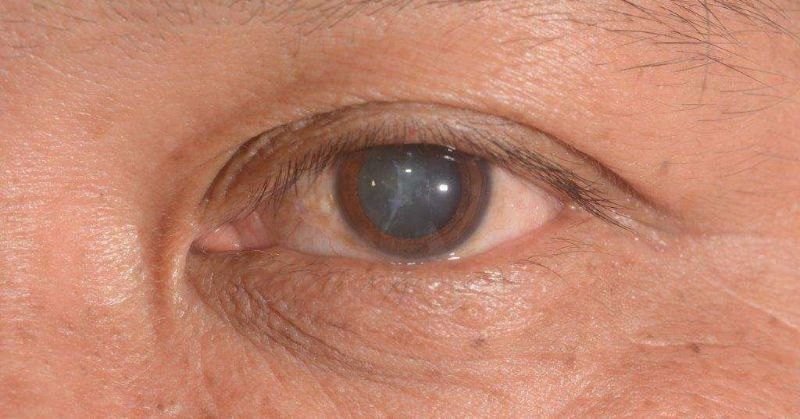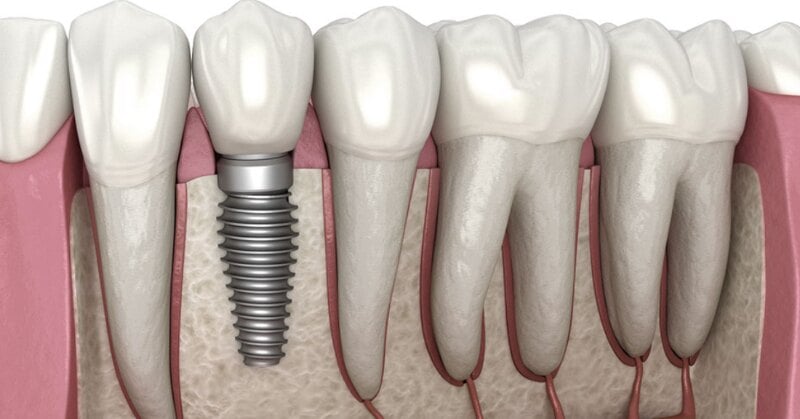Breast cancer is a significant health concern affecting millions worldwide. Early detection and understanding of symptoms are crucial for effective treatment. This article outlines the common symptoms of breast cancer and the various treatment options available.

Symptoms of Breast Cancer
Recognizing the symptoms of breast cancer early can lead to prompt diagnosis and treatment, improving outcomes. Here are the most common symptoms to be aware of:
-
Lump in the Breast or Armpit: The most common initial symptom is a lump or mass in the breast or underarm area. These lumps are often hard and irregular in shape but can also be soft and round.
-
Changes in Breast Shape or Size: Any unexplained changes in the size or shape of the breast may indicate a problem. This includes swelling or shrinkage of one breast.
-
Skin Changes: Look for dimpling, puckering, or redness of the skin on the breast. The skin may also take on a texture similar to an orange peel (peau d'orange).
-
Nipple Changes: Changes such as retraction (pulling inward), pain, or discharge (especially if it is bloody) are warning signs.
-
Persistent Pain: Although most breast cancers are not painful in the early stages, persistent breast pain or discomfort should not be ignored.
-
Unexplained Weight Loss: Sudden weight loss without changes in diet or exercise can sometimes be a symptom of cancer.
Treatment Options for Breast Cancer
Treatment for breast cancer depends on the stage of the cancer, the type, and the patient's overall health and preferences. Here are the primary treatment options:
-
Surgery:
-
Lumpectomy: Removal of the tumor and a small margin of surrounding tissue.
-
Mastectomy: Removal of one or both breasts, partially or completely.
-
Radiation Therapy: Uses high-energy waves to target and destroy cancer cells. It is often used after surgery to eliminate any remaining cancer cells.
-
Chemotherapy: Involves using drugs to kill cancer cells. Chemotherapy can be administered before surgery (neoadjuvant) to shrink tumors or after surgery (adjuvant) to kill any remaining cancer cells.
-
Hormone Therapy: For cancers that are hormone receptor-positive, hormone therapy can help prevent cancer from returning by blocking the body’s natural hormones.
-
Targeted Therapy: Uses drugs to target specific molecules involved in the growth and spread of cancer cells. This treatment is usually less harmful to normal cells compared to chemotherapy.
-
Immunotherapy: Helps the body's immune system recognize and fight cancer cells. This is a newer approach and is still under extensive research for breast cancer treatment.
Conclusion
Understanding the symptoms of breast cancer and the available treatment options is vital for anyone affected by this disease. Early detection through regular self-exams and screenings, coupled with a comprehensive treatment plan tailored to the individual, can significantly improve the chances of successful outcomes. Always consult with healthcare professionals to determine the best approach for your specific situation.
